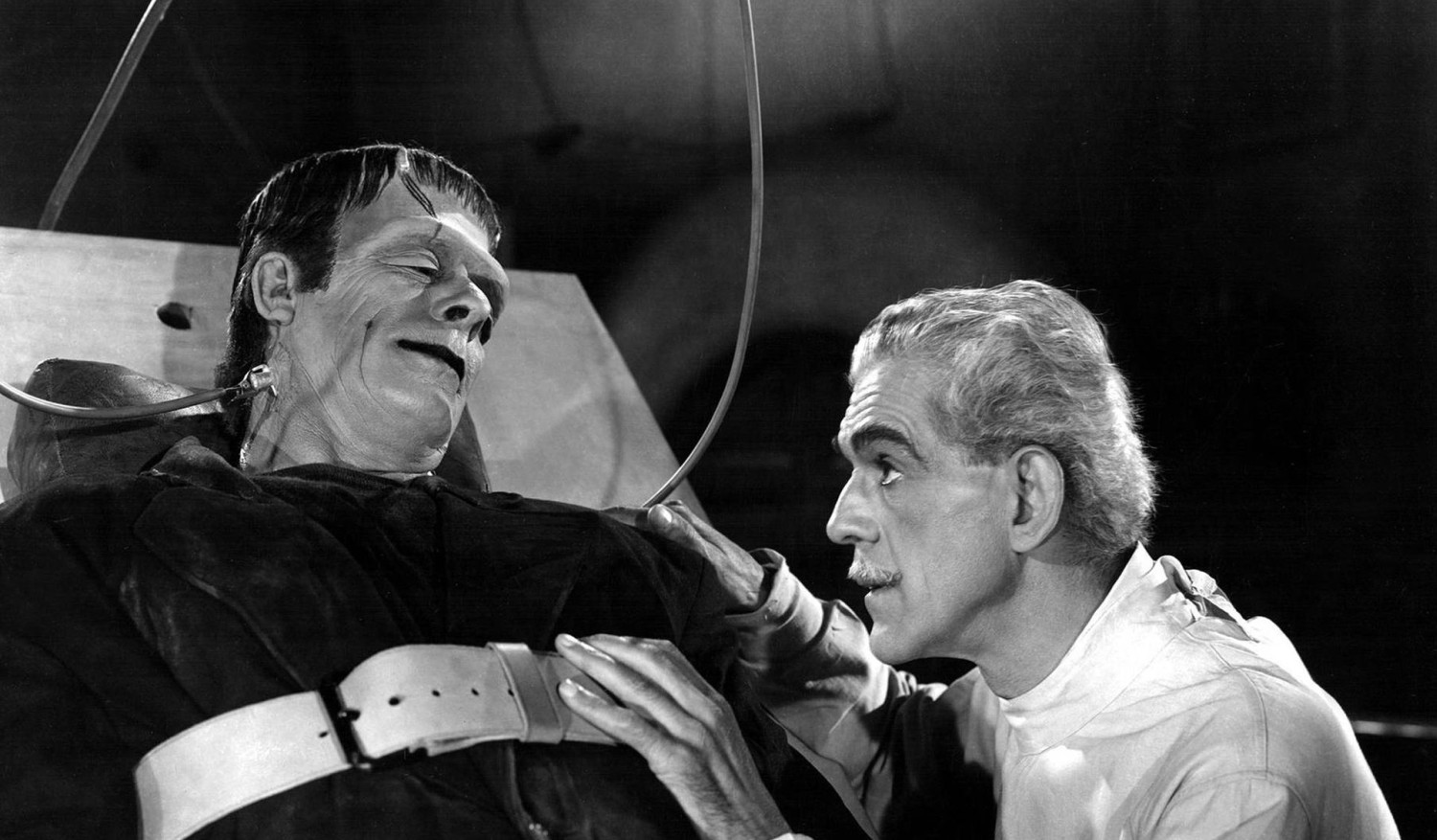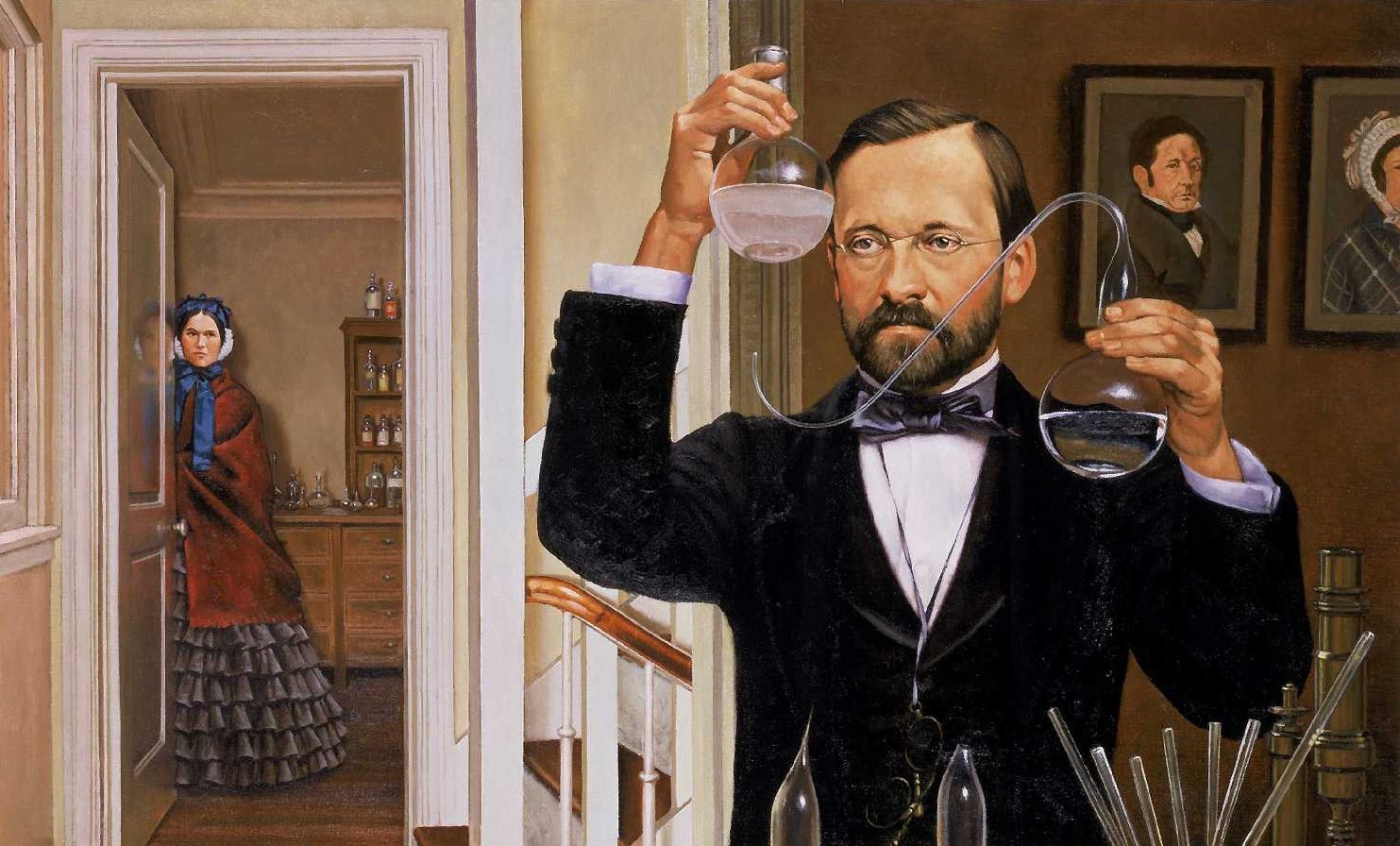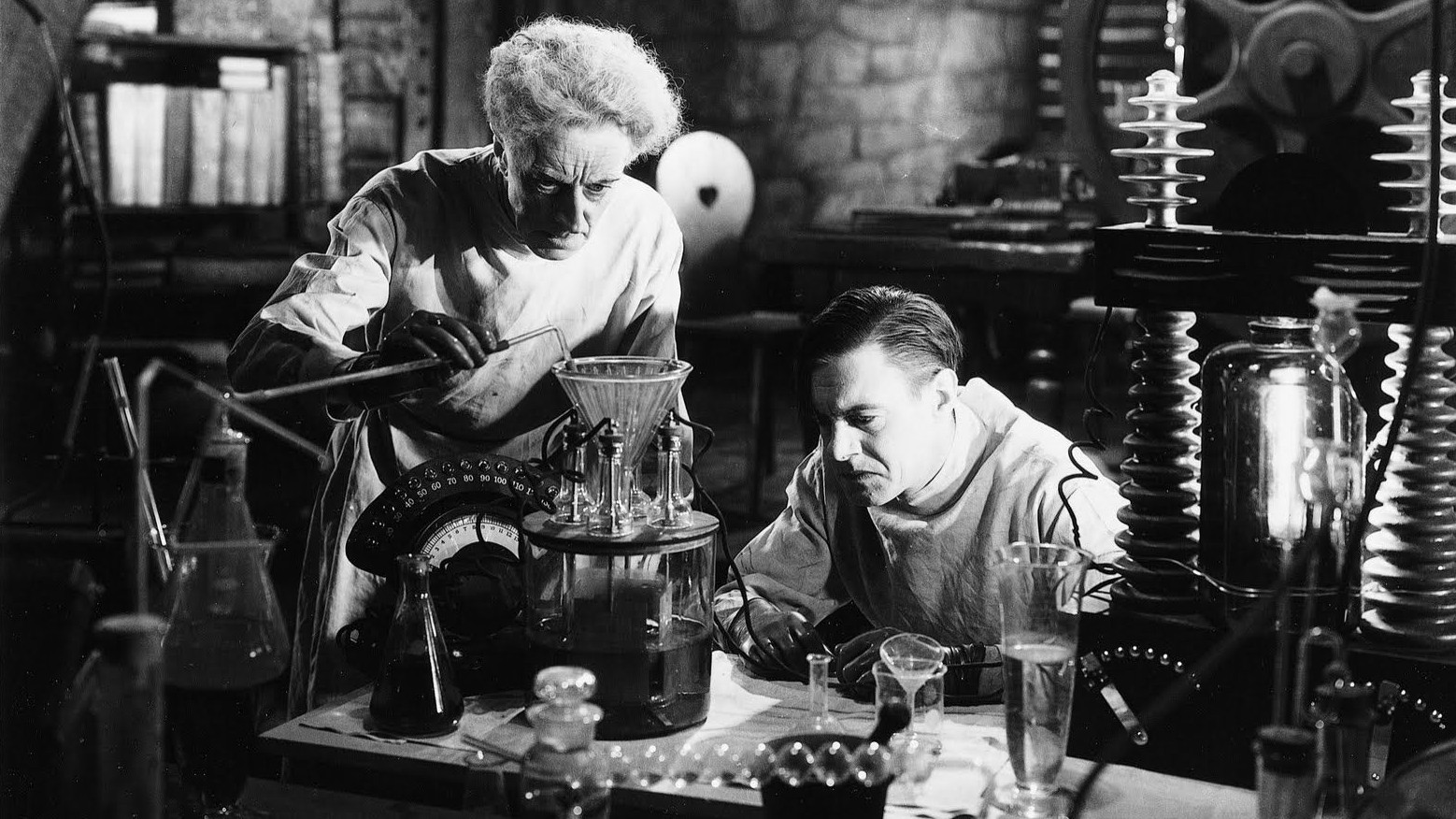Abiogenesis
The birth of science fiction
According to Wikipedia Abiogenesis is the natural process by which life has arisen from non-living matter, such as simple organic compounds.* But of course nobody ever observed life arising from non-life. All we observe is life arising from pre-existing life or life becoming non-life. Wikipedia calls this incredible miracle a "natural process" but there's nothing natural to it. Even all the experiments which didn't produce any life from non-life were not "natural", but were done by means of intelligent design in labs. So here starts another evolutionary fairy tale...
Mary Shelley - Introduction to the 1831 edition of Frankenstein
Many and long were the conversations between Lord Byron and Shelley, to which I was a devout but nearly silent listener. During one of these, various philosophical doctrines were discussed, and among others the nature of the principle of life, and whether there was any probability of its ever being discovered and communicated. They talked of the experiments of Dr. Darwin, ... who preserved a piece of vermicelli in a glass case, till by some extraordinary means it began to move with voluntary motion. Not thus, after all, would life be given. Perhaps a corpse would be re-animated; galvanism had given token of such things: perhaps the component parts of a creature might be manufactured, brought together, and endured with vital warmth.**
Frankenstein was published in 1818 by Mary Shelley. In its preface Percy Bysshe Shelley wrote:THE event on which this fiction is founded has been supposed, by Dr. Darwin, and some of the physiological writers of Germany, as not of impossible occurrence.* In its introduction and preface is direct mention of Erasmus Darwin who believed in spontaneous generation, the incredible and erroneous belief in ongoing spontaneous generation of life from non-living matter. There is a link between the rise of Darwinism in the 19th century and the birth of modern-day science fiction. Later emerged Social Darwinism by which the same Victorian aristocracy tried to justify the extreme inequality imposed on the world in favor of themselves.
Cell theory
In 1839, Theodor Schwann stated that along with plants, animals are composed of cells or the product of cells in their structures. This was a major advance in the field of biology since little was known about animal structure up to this point compared to plants. From these conclusions about plants and animals, two of the three tenets of cell theory were postulated. In 1855, Rudolf Virchow added the third tenet to cell theory...
Wikipedia - Cell theory
...cell theory...*
1. All living organisms are composed of one or more cells
2. The cell is the most basic unit of life
3. All cells arise only from pre-existing cells
Biology online dictionary - Biogenesis
Biogenesis refers to the idea or the process whereby a living thing comes from another living thing, particularly of the same type. Biogenesis was not widely accepted before. The notion that used to be popular was the spontaneous generation. ... that inanimate objects could produce living things. This is sometimes referred to as abiogenesis. This theory is no longer widely supported to this day. With the advent of laboratory tools and microbial techniques, scientific experiments such as that of Louis Pasteur proved that living things could not be generated spontaneously from an inanimate object. Only living things are capable of reproducing another life. Thus, the notion of spontaneous generation became obsolete and the theory of biogenesis became more widely accepted.*
In 1859 Louis Pasteur scientifically proved that life only comes from life. But even hardcore science never kept hardnosed evolutionists from their fantastic belief in scientifically impossible fantasies. After abiogenesis was disproved scientifically fanatic evolutionist like Thomas Henry Huxley had to abandon it, but their belief in evolution of course forced them to believe it had happened in the unobservable past nevertheless.As a believer in the doctrine of evolution in its most extreme form, he believed that organic matter had at one time developed from mineral matter, but that was no reason why it should do so in the cases cited by abiogenists.* Pasteur once said thatposterity will one day laugh at the foolishness of modern materialistic philosophers.* Despite hardcore science disproving it, those materialistic philosophers never gave up their search for the philosopher's stone...
The philosopher's stone
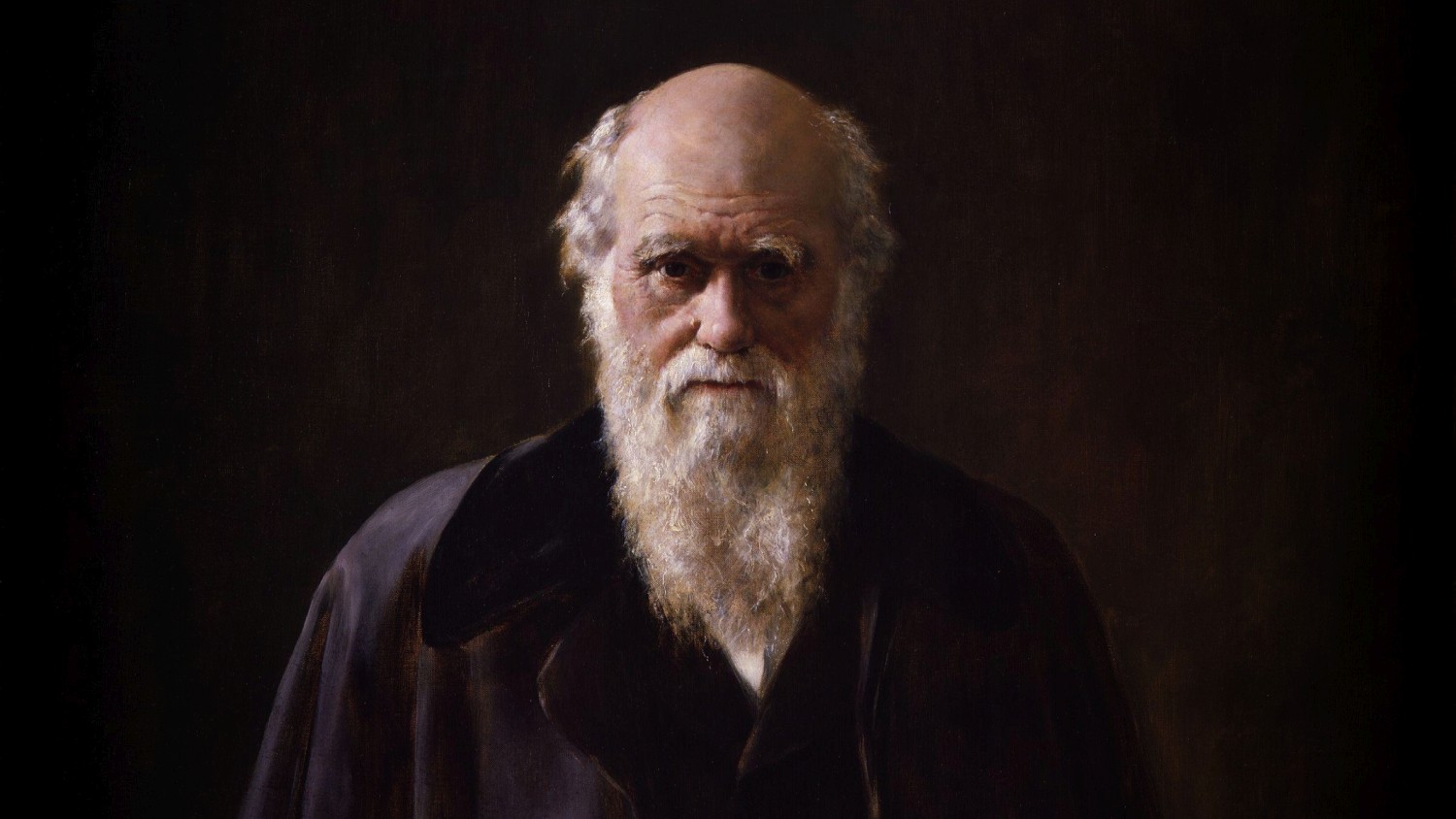
Charles Darwin - Letter to J. D. Hooker (1 February, 1871)
It is often said that all the conditions for the first production of a living organism are now present, which could ever have been present. But if (& oh what a big if) we could conceive in some warm little pond with all sorts of ammonia & phosphoric salts, light, heat, electricity etcetera present, that a protein compound was chemically formed, ready to undergo still more complex changes, at the present day such matter would be instantly devoured, or absorbed, which would not have been the case before living creatures were formed.*
In 1924 Alexander Oparin invented a "primordial soup" and added sunlight and lightning to the fantastic recipe. Many evolutionists cried "hosanna", but while nourishment and sunlight are necessary for life, neither soup, nor sunlight, nor lightning, can create life, on the contrary. In one of his papers he said:Life is not characterized by any special properties but by a definite, specific combination of these properties.* Exactly, specified complexity.
In 1952 the Miller and Urey experiment simulated the conditions thought at the time to be present in the atmosphere of the early, prebiotic earth. Although evolutionists like to boast about it, the result of that experiment was, as could be expected from mixing the necessary ingredients by means of intelligent intervention, some amino acids. Amino acids are the building blocks of proteins and proteins are long chains of amino acids in a specific order created by DNA and the cell machinery. Amino acids are not even close to the complex machinery of a living cell, let alone the information contained in DNA or RNA.
In 2008...
Antonio Lazcano - What is life? A brief historical overview
Research in the origin and nature of life is doomed to remain, at the best, as work in progress. ... there is no evidence indicating how a system of large or small molecules can spontaneously arise, and evolve into non-genetic catalytic networks.
In 2012...
Jack Szostak - Making Life from Scratch
"The key thing," Szostak says, "is to get started: to go from zero genes to one gene." This moment of "getting started" is the focus of Szostak's research: to discover the first "living chemistry", or, as Szostak puts it, "that transition from chemistry to biology": when a clump of molecules first became a living thing.*
Fact remains that all experiments concerning "spontaneous" generation required massive input of intelligence. The many origin of life hypotheses, contradicting each other, show that the scientists do not agree and are nowhere near a "spontaneous" creation of life from non-life. Despite all the big words coming from the world of mainstream science the conclusion is that no one has yet synthesized a protocell using basic components which would have the necessary properties of life. Far from it...
Specified complexity
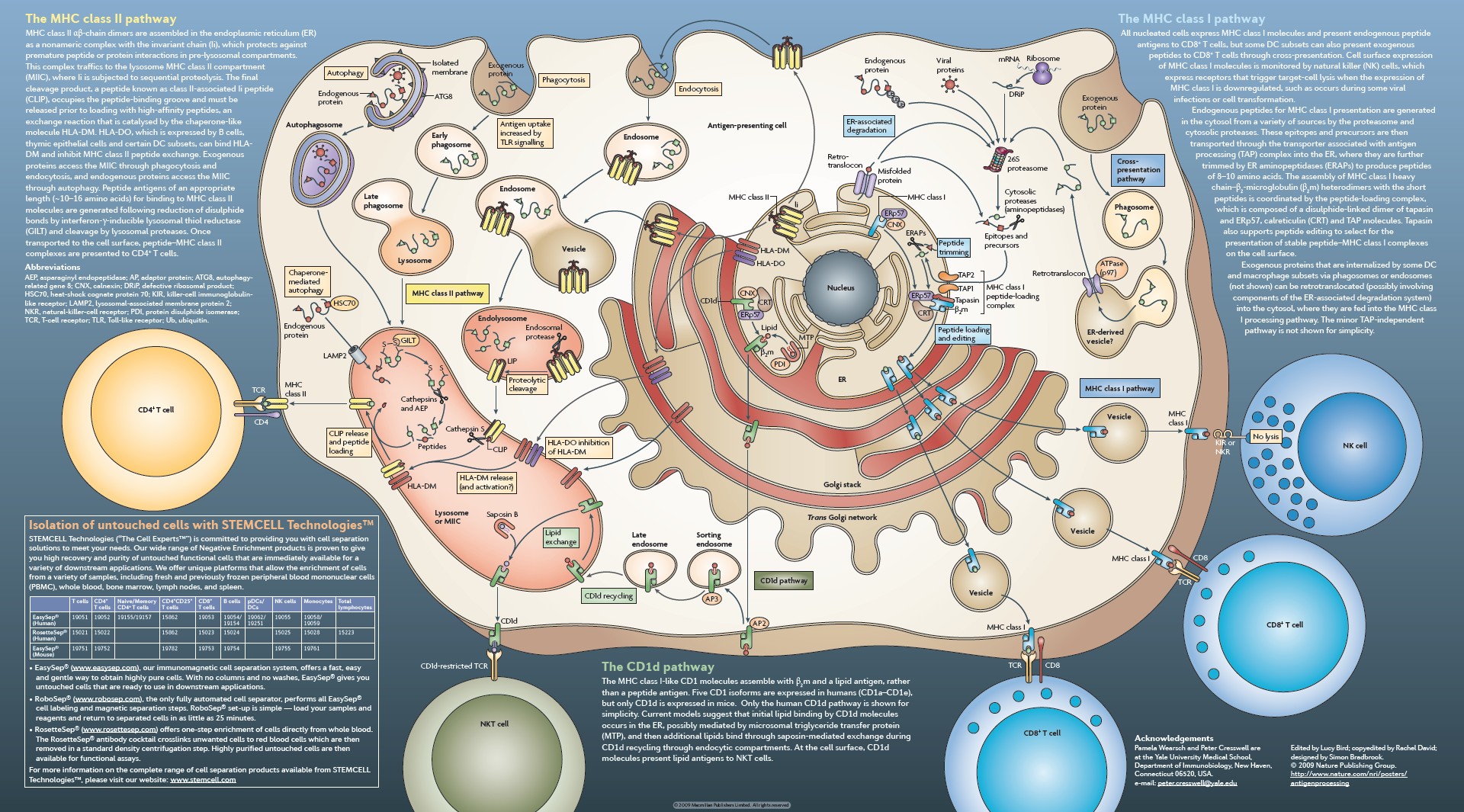
We can't blame Darwin and his contemporary naturalist friends for their ignorance of the incredible complexity of the cell, the basic unit of life, as we now understand it thanks to the true science of genetics. We probably still underestimate it today. With time science made progress and revealed more and more incredible specified complexity...
Bruce Alberts - The Cell as a Collection of Protein Machines: Preparing the Next Generation of Molecular Biologists
We have always underestimated cells. Undoubtedly we still do today. But at least we are no longer as naive as we were when I was a graduate student in the 1960s. ... Indeed, the entire cell can be viewed as a factory that contains an elaborate network of interlocking assembly lines, each of which is composed of a set of large protein machines.*
Michael Denton - Evolution: A Theory In Crisis
Molecular biology has shown that even the simplest of all living systems on the earth today, bacterial cells, are exceedingly complex objects. Although the tiniest bacterial cells are incredibly small, weighing less than 10-12 gms, each is in effect a veritable micro-miniaturized factory containing thousands of exquisitely designed pieces of intricate molecular machinery, made up altogether of one hundred thousand million atoms, far more complicated than any machine built by man and absolutely without parallel in the nonliving world.
Stephen C. Meyer - Signature in the Cell
Of course building a functioning cell - at least one that in some way resembles the cells we actually observe today - would have required more than just the genetic information that directs protein synthesis. It would have also required, at very least, a suite of preexisting proteins and RNA molecules - polymerases, transfer RNA's, ribosomal RNA's, synthetases, and ribosomal proteins, for example - to process and express the information stored in DNA. In fact, there are over 100 specific proteins involved in a simple bacterial translation system; roughly 20 more are involved in transcription and over 30 in DNA replication. ... Beyond that, the first cell would have required some kind of semipermeable membrane and a cell wall to protect itself and the chemical reactions taking place inside it. ... The integrated complexity of even a "minimally complex cell" has made it difficult to calculate the odds of all the necessary components of such a system arising in close association with one another by chance alone. ... To say that scientific laws generate complex informational patterns is essentially a contradiction in terms.
In order to explain the origin of first life one must explain the coming into existence of a cell, the basic unit of life. The cell is a prime example of an incredibly complex machine which contains biological nanomachines* and biomolecules like proteins and incredibly complex genetic code like RNA and DNA.
Paul Davies - The Fifth Miracle
Living organisms are mysterious not for their complexity per se, but for their tightly specified complexity.
Paul Davies - The secret of life won't be cooked up in a chemistry lab
Even the simplest bacterium is incomparably more complicated than any chemical brew ever studied.*
Specified complexity is more than just complexity. A cell is irreducibly complex which means that it won't function if any of its many complex subparts is not present and in its proper specific organization. Even a small step in the process towards such an incredibly complex cell, like the necessity of 20 amino acids in exactly the right order, is calledone of the mysteries surrounding the evolution of life.** Specified information, like DNA or RNA, is useless without the translation and copying machinery inside a cell.
Specified information
Richard Stossel - DNA: Toppling the Evolutionary 'Tree of Life'
The amount of information in human DNA is roughly equivalent to 12 sets of The Encyclopedia Britannica, an amazing 384 volumes worth of detailed information that would fill 48 feet of library shelves! But the size of a DNA molecule is only two millionths of a millimeter thick. In order for there to be anything resembling a language it must meet the following criteria; an alphabet or coding system, correct spelling, grammar (a proper arrangement of the words), meaning (semantics) and an intended purpose. It has been discovered that DNA meets all of these requirements and in fact, it has all of the same properties as any computer code or language does.*
Stephen C. Meyer - Signature in the Cell
At the close of the nineteenth century, most biologists thought life consisted solely of matter and energy. But after Watson and Crick, biologists came to recognize the importance of a third fundamental entity in living things: information. And this discovery would redefine, from that point forward, what theories about the origin of life would need to explain.
Stephen C. Meyer - DNA and Other Designs
Specific regions of the DNA molecule called coding regions have the same property of "sequence specificity" or "specified complexity" that characterizes written codes, linguistic texts, and protein molecules. Just as the letters in the alphabet of a written language may convey a particular message depending on their arrangement, so too do the sequences of nucleotide bases (the A's, T's, G's, and C's) inscribed along the spine of a DNA molecule convey a precise set of instructions for building proteins within the cell.*
Bill Gates once wrote:DNA is like a computer program but far, far more advanced than any software ever created.* Everybody knows that computer code doesn't come falling from thin air by means of mindless naturalistic processes. Then where did the much more complex genetic code come from?
For explaining the origin of life scientists must also explain the origin of specified information contained in each life form's unique DNA and RNA. Information is subject to entropy. See information entropy*. It is impossible for specified information to arise naturally by means of mindless naturalistic processes. Information is more than just matter, it has meaning, it contains a message encoded by other parts of the cell. Like a language has a sender and a receiver who both understand the language, otherwise there is no communication and no understanding. When for example a computer processes code it has to decode it in order to convert the code into a corresponding action. It's an example of irreducible complexity*. On top of that, specified information is not materially based. See also Semiotics*.
Intelligent designsource
David L. Abel, Jack T. Trevors - Three Subsets of Sequence Complexity and Their Relevance to Biopolymeric Information
No matter how many "bits" of possible combinations it has, there is no reason to call it "information" if it doesn't at least have the potential of producing something useful. What kind of information produces function? In computer science, we call it a "program." Another name for computer software is an "algorithm." No man-made program comes close to the technical brilliance of even Mycoplasmal genetic algorithms. Mycoplasmas are the simplest known organism with the smallest known genome, to date. How was its genome and other living organisms' genomes programmed?*
Stephen C. Meyer - Signature in the Cell
When I realized that it was far more reasonable to reject the chance hypothesis for the origin of functional genes and proteins, I concluded that chance was not a terribly promising candidate for "best explanation" of the DNA enigma. Chance was certainly not a more reasonable explanation than its negation, namely, that something other than chance had been at work in the origin of biological information.
Werner Arber - Cosmos, Bios, Theos
The most primitive cells may require at least several hundred different specific biological macromolecules. How such already quite complex structures may have come together, remains a mystery to me. The possibility of the existence of a Creator, of God, represents to me a satisfactory solution to this problem.
Michael Denton - Evolution: A Theory In Crisis
The complexity of the simplest known type of cell is so great that it is impossible to accept that such an object could have been thrown together suddenly by some kind of freakish, vastly improbable, event. Such an occurrence would be indistinguishable from a miracle.
The DNA enigma: Where does the specified information come from?
The more we know about the specified complexity of life by means of true science, the greater the miracle of life becomes. And miracles don't happen naturally. Because of this fact scientists like Fred Hoyle and Chandra Wickramasinghe wrote thatit becomes sensible to think that the favorable properties of physics on which life depends are in every respect deliberate.* They went on to mentionhigher intelligencesas the most likely cause. This has even led people to search for intelligent life elsewhere in the universe, a theory called panspermia. Steven A. Benner said:we went looking on Mars because the origins-of-life options on earth just aren't looking very good.**
RNA world hypothesis
Because the step from dead matter to a living cell is inexplainable by means of naturalistic processes evolutionists invent all kinds of theories to seemingly bridge that gap. Their latest attempt is the so-called RNA world hypothesis, a hypothetical stage in the evolutionary history of life on earth, in which self-replicating RNA molecules proliferated before the evolution of DNA and proteins.* But all it does is shift the problem...
Harold S. Bernhardt - The RNA world hypothesis: the worst theory of the early evolution of life (except for all the others)
The problems associated with the RNA world hypothesis are well known. In the following I discuss some of these difficulties, some of the alternative hypotheses that have been proposed, and some of the problems with these alternative models. From a biosynthetic — as well as, arguably, evolutionary — perspective, DNA is a modified RNA, and so the chicken-and-egg dilemma of "which came first?" boils down to a choice between RNA and protein. This is not just a question of cause and effect, but also one of statistical likelihood, as the chance of two such different types of macromolecule arising simultaneously would appear unlikely.*
Jordana Cepelewicz, Quanta Magazine - Life’s First Molecule Was Protein, Not RNA, New Model Suggests
For scientists studying the origin of life, one of the greatest chicken-or-the-egg questions is: Which came first — proteins or nucleic acids like DNA and RNA? ... DNA and RNA carry the instructions for making proteins, and proteins extract and copy those instructions as DNA or RNA. Which one could have originally handled both jobs on its own?*
Franklin M. Harold - In Search of Cell History: The Evolution of Life's Building Blocks
Over the past sixty years, dedicated and skillful scientists have devoted much effort and ink to the origin of life, with remarkably little to show for it. Judging by the volume of literature, both experimental and theoretical, the inquiry has thrived prodigiously. But unlike more conventional fields of biological research, the study of life's origins has failed to generate a coherent and persuasive framework that gives meaning to the growing heap of data and speculation; and this suggests that we may still be missing some essential insight.
Sean D. Pitman - The Chicken or the Egg, DNA or Protein?
After all, what selective advantage would be gained for non-thinking atoms and molecules to form a living thing? They really gain nothing from this process so why would a mindless non-directed Nature select to bring life into existence?*
It's the chicken or the egg dilemma.
Atheist delusion
screenshot
Richard Dawkins - The God Delusion
It may be that the origin of life is not the only major gap in the evolutionary story that is bridged by sheer luck... the origin of the eucaryotic cell ... was an even more momentous, difficult and statistically improbable step than the origin of life. The origin of consciousness might be another major gap...
Lord Kelvin - Silvanus P. Thompson: The life of William Thomson, baron Kelvin of Largs
I need scarcely say that the beginning and maintenance of life on earth is absolutely and infinitely beyond the range of sound speculation in dynamical science.
Carl Sagan - Wonder and Skepticism
the truth may be puzzling. It may take some work to grapple with. It may be counterintuitive. It may contradict deeply held prejudices. It may not be consonant with what we desperately want to be true. But our preferences do not determine what's true.
The universe is ruled by entropy and so is genetics, so to believe in the opposite is quite delusional. According to science we should follow the evidence where it leads.

